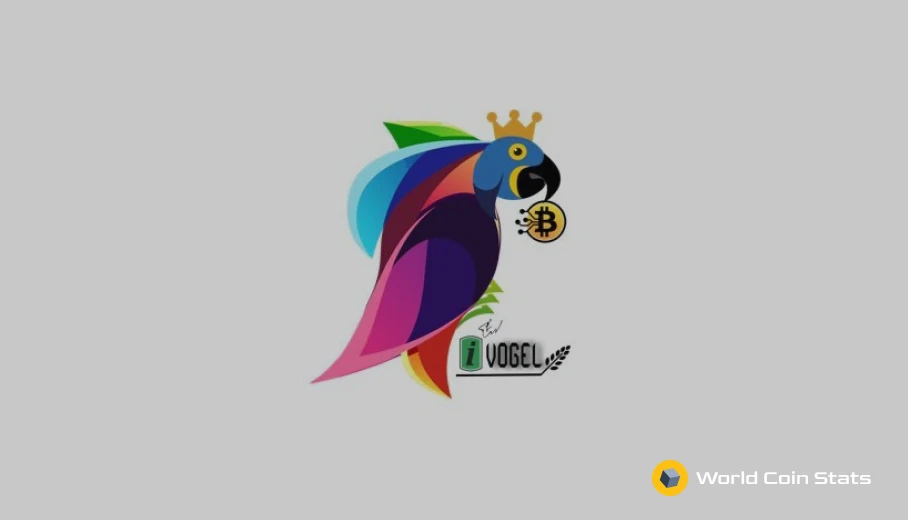Navigating the DeFi Minefield: The Rise and Fall of Gogo Finance
Decentralized finance (DeFi) has been a major aspect of cryptocurrency since 2020. It’s mostly driven by yield farming on smart contract enabled blockchains like Ethereum, Avalanche, and Binance Smart Chain.
It’s possible to make enormous amounts of money with decentralized finance. However, this abundance of capital in DeFi has led to many scam DeFi protocols launching that have no other purpose than to remove money from your pocket.
One DeFi protocol that launched during peak DeFi mania was known as Gogo Finance. Was this project the next major thing in cryptocurrency? Or did it turn out to be a bust like so many other DeFi protocols?
What is Gogo Finance?
Gogo Finance was a DeFi protocol that launched on the Ethereum blockchain in February of 2021. This protocol received a fair amount of attention because it offered very high staking rewards and it even offered single sided staking, which is fairly rare for protocols.
DeFi users flocked to GoGo Finance chasing the massive APY it offered. Of course, massive APY is not sustainable and the protocol eventually fell on hard times. It appears that the developers have abandoned the project as the last tweet was in September 2021 and the website is currently down as Gogo Finance was suspended by their hosting provider.
Is Gogo Finance (GOGO) a Good Investment?
No, Gogo Finance (GOGO) is not a good investment. Their Twitter has not been active in over a year, the website is down, and the trading volume on the token is $0 per day.
That’s the last token you would ever want to invest in to make a profit.
Are Any of These DeFi Protocols Legitimate?
There are some DeFi protocols out there that are legitimate. Curve and Aave are the two that immediately come to mind.
The difference, however, is that Curve and Aave both have a viable, sustainable way to earn yield that can then be passed to the end user.
A lot of these yield farms do not have a viable way to do that. They basically work like this:
- Yield farm offers 100% APY for staking the LP token of the native token - stablecoin.
- This means you have to purchase the native token and stablecoins and then place those in the liquidity pool on Uniswap or any other decentralized exchange. You then receive LP tokens as a sort of proof that you have provided liquidity.
- Users stake the LP tokens on the protocol’s website for insane returns.
- The returns are paid out in the protocol’s native token.
- The unsustainable APY eventually catches up with the native token. The supply of the token increases much faster than the demand for the token, which causes the price of the token to crash.
- The developers usually have a mint() function or a stash of token that they can sell to drain all the stablecoins from the liquidity pool.
- The founders make off with all the money in the liquidity pool while investors are left with worthless tokens.
It’s difficult to find much information on Gogo Finance because the website is no longer active. However, it’s reasonable to assume that the above scenario likely played out with this project – it’s really common in the industry.
How Not to Get Scammed by DeFi Protocols?
The best way to not get scammed by DeFi protocols is to ask yourself, “Is this too good to be true?”
If it is too good, then it’s almost certainly a scam.
That’s really all there is to it. No one is going to pay out an extremely high APY, period. It’s even more unlikely when the project has no way to earn revenue to fund the high APY.
Final Thoughts
That covers it for Gogo Finance. It was a scam project on the Ethereum blockchain. It’s certainly not a token that you should consider investing in at the moment and you should be weary of similar projects in DeFi in the future as these projects have a high likelihood of being scams.



